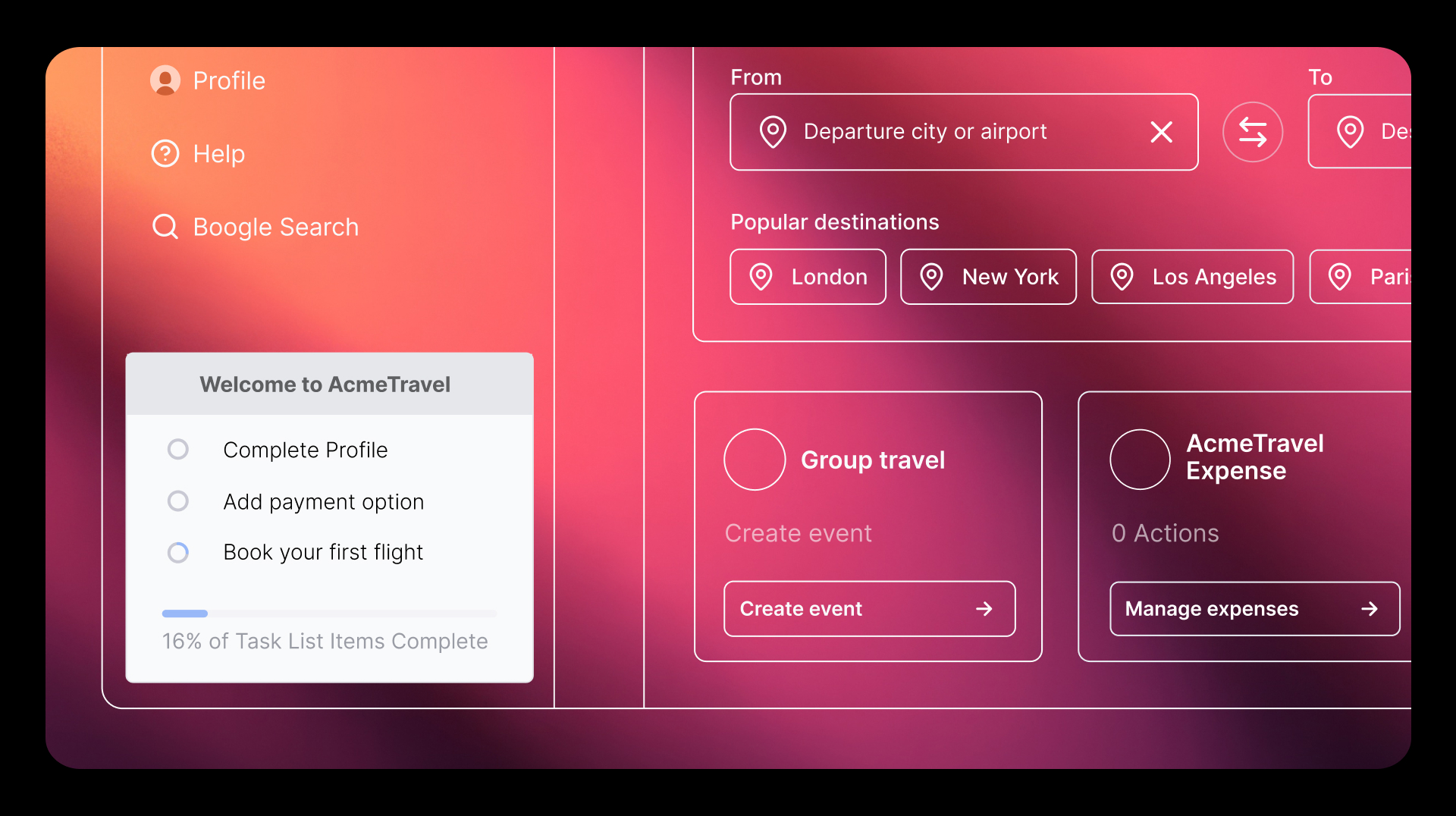Companies everywhere are facing some serious economic headwinds. And the leaders at their helms are having to make difficult decisions about resourcing and budget allocation to help see their organizations through to the other side.
The smartest, most resilient businesses are finding ways to reduce spend at every stage of the product lifecycle by using analytics, in-app guidance, and feedback tools to stay focused on the right initiatives (read: the things that customers will want to use and pay for). And they’re doing it without sacrificing the customer experience—in fact, they’re actually improving it.
According to PwC, despite these challenging economic headwinds, CFOs are still looking for ways to enable growth, accelerate transformation, and build trust with customers. One major way product analytics contributes to these goals and helps CFOs achieve these ends—efficiently—is by reducing engineering thrash and dev dependencies. And in turn, taking the onus off engineering and dev teams reaps significant benefits for the business, too.
Let’s take a look at three ways using a product experience platform frees up dev resources—and ultimately improves your business’ bottom line.
1. It leads to more efficient spend
There’s nothing worse than wasting valuable engineering resources on products and features you think your customers will want, just to realize post-launch that they never needed them in the first place. But it’s not uncommon. In fact, 80% of features in the average software product are rarely or never used, amounting to almost $30B in wasted investments (and that’s only counting publicly traded companies). What could your organization do with all that extra cash?
By using product analytics, teams across the business can get an objective view into what customers are actually doing inside your products—from the paths they’re taking, to the features they engage with most frequently, to the roadblocks they’re running into—so you can build, optimize, or sunset the right parts of your product accordingly. This stops the all-too-common engineering “spin,” so teams can break out of the vicious cycle of guessing what to build next, and start using data to know what should be on their roadmap.
Democratizing product data through an analytics platform like Pendo also means that engineering teams spend less time playing middleman. When product and behavioral insights are accessible by everyone—from customer success to marketing and beyond—everyone is empowered to understand and impact the customer experience, without needing to wait for the dev team to get them data, build the in-app guide or notification they want, or release the simple UI-improving update customers are asking for. This, in turn, allows engineering teams to shift their focus towards revenue-generating initiatives. For example:
- Instead of being tied up maintaining a feature only a handful of customers still use, with product analytics and customer feedback, dev teams can make a strong case for sunsetting the legacy feature and reallocating their talent and resources to other, higher value areas of the product.
- Instead of blindly continuing to support old versions of your mobile app, with product analytics, product and dev teams can understand which customers are using which versions of the app (and why), then target legacy user groups with in-app guidance or enablement to help get them into the latest version.
Freeing up resources like this means developers can dedicate their time and skills to developing new features, enhancing existing products, or exploring innovative solutions—rather than pouring their time into areas of your product that aren’t yielding results. As Evian Gutman, head of product at AusDoc, put it:
“Gut-feel will only take you so far. You want to make sure dominant voices don’t dictate how decisions are made just because that’s how things have always been done. If you really want to evolve that to the next level, you need a tool like Pendo to get specific and granular insights to operate in an agile framework. That enables you to then act on them quickly and adaptively.”
2. It accelerates your time-to-market
Speed and adaptability are critical competitive advantages for all companies when it comes to creating the best digital experiences possible. Bringing new features or products to market—and doing so quickly—can drive revenue growth and increase market share (just look at all the companies jumping on the AI train). But putting all the pressure to innovate on already-overburdened engineering and development teams—without enabling them to scale with data and automated in-app guidance—can slow down time-to-market significantly.
Product analytics and customer feedback provide valuable data about feature usage and customer behavior—giving companies the insights they need to prioritize development efforts and release updates or new features more efficiently. This puts the company in a better position to capitalize on market opportunities, gain an edge over the competition, and drive revenue growth.
In-app guides also have an important role to play in these efficiency- and profit-boosting efforts. A platform like Pendo helps relinquish dev teams from having to hard-code and manage all in-app notifications alone, and expands power to product, customer success, support, and marketing teams. This way, engineers get valuable time back to focus on what they do best: writing great code and building great products. And non-technical teams get the necessary data and tools to respond faster to customer needs, product updates, and market demands.
Learn why product analytics is your secret weapon for driving growth and reducing churn.
Get the report3. It improves the customer experience (and retention)
Customer experience is directly tied to a company’s financial success. A better customer experience = Happier, more loyal customers. And happier, more loyal customers = Higher retention and lower churn. But overburdened engineering and development teams (who have long been mandated to focus on shipping features rather than delivering outcomes) may struggle to realize the role they have to play in driving profitability and business success.
Product analytics can help engineering teams proactively identify and address issues in the product that are impacting the overall customer experience. For example, it helps them quickly identify whether a spike or decline in product adoption is the result of a bug, or a larger systemic issue. By monitoring user / account actions and tracking product performance metrics, engineers can quickly detect any anomalies or technical glitches customers are encountering—and fix them, fast.
Resolving issues like these proactively not only improves customer satisfaction (read: customer loyalty) but also helps reduce support costs and the burden on customer service teams, creating a cost-savings ripple effect throughout all corners of the business.
Empowering engineering and product teams with data (and the tools to act on it) also has huge benefits for the business’ bottom line. By keeping existing customers satisfied and loyal, companies can reduce marketing and sales costs associated with customer acquisition efforts—which are conservatively estimated to be over five times higher than the costs to retain existing customers. And more than ever, finance and business leaders are looking at these metrics as measures of cost efficiency and profitability.
Want to learn more about how product analytics drives business growth and reduces churn? Check out our new product analytics benchmarks report, produced in conjunction with Mind the Product.


